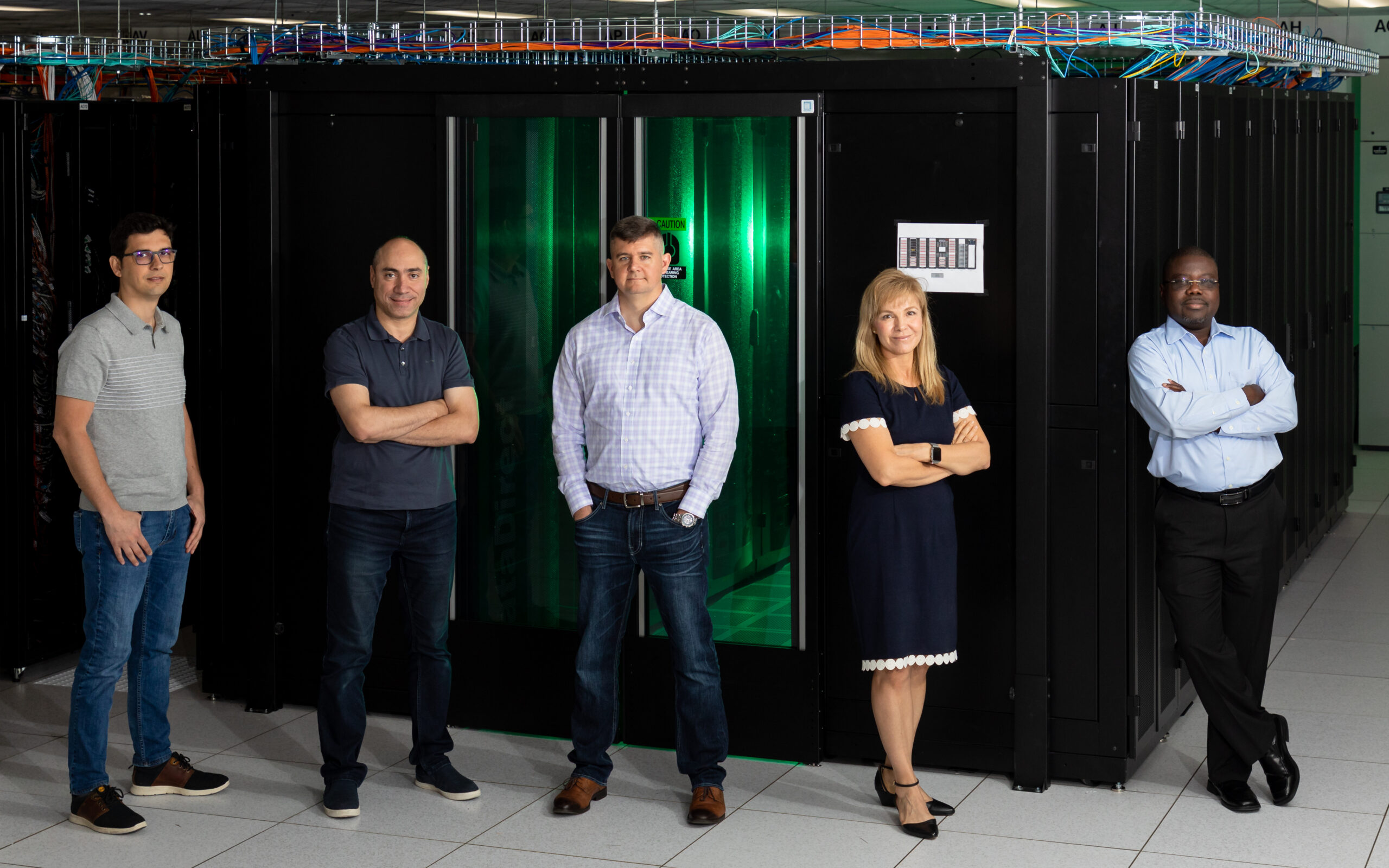HIT-HD: Hazard Detection in Health Information Technology
OR-SAGE: Oak Ridge Siting Analysis for power Generation Expansion
Deicing Technology: New System and Methods for Deicing Urban Roads
The widespread adoption of health information technology (IT) presents new opportunities to improve patient care. These opportunities come with new challenges and unintended consequences for patient safety. ORNL Scientists are working with the Department of Veterans’ Affairs to develop new computational methods for detecting hazards in Health IT systems.


Using industry-accepted parameters and more than 40 data sources, ORNL Scientists developed a dynamic visualization tool called OR-SAGE to examine both potential siting options for different types of electrical generation plants and the ramifications of national and regional energy policy decisions. Although it can evaluate the siting of numerous power generation sources, OR-SAGE has predominantly been used for nuclear power plant siting evaluations. OR-SAGE assists in evaluating the feasibility of deploying new power generation capacity in terms of availability of suitable candidate areas, where power will be needed for the future, economic analyses, proximity to available and planned infrastructure (industry, electrical grid capacity, rail lines, cooling water, etc.). This project is funded over the years by the Department of Energy (DOE), Office of Nuclear Energy; Electric Power Research Institute (EPRI); ARPA-E’s MEITNER Program; DOE’s National Reactor Innovation Center (NRIC) Program; etc.
As the number and severity of snowfall events continue to grow, the need for economical and safer road maintenance strategies during these snowfall events will also grow. In several locations, local governments lack the resources to treat all roadways completely during snow events. Some local governments utilize only traffic data to determine which roads should be treated. As a result, many schools, businesses, and government offices must be unnecessarily closed, which directly impacts the social, educational, and economic well-being of citizens and institutions. ORNL Scientists have developed new system and methods for allocating resources to manage snowfall on roads using meteorological, geographical, and environmental parameters. This project was completed in collaboration with the City of Knoxville and Knox County governments in Tennessee and Haslam College of Business at the University of Tennessee, Knoxville.


